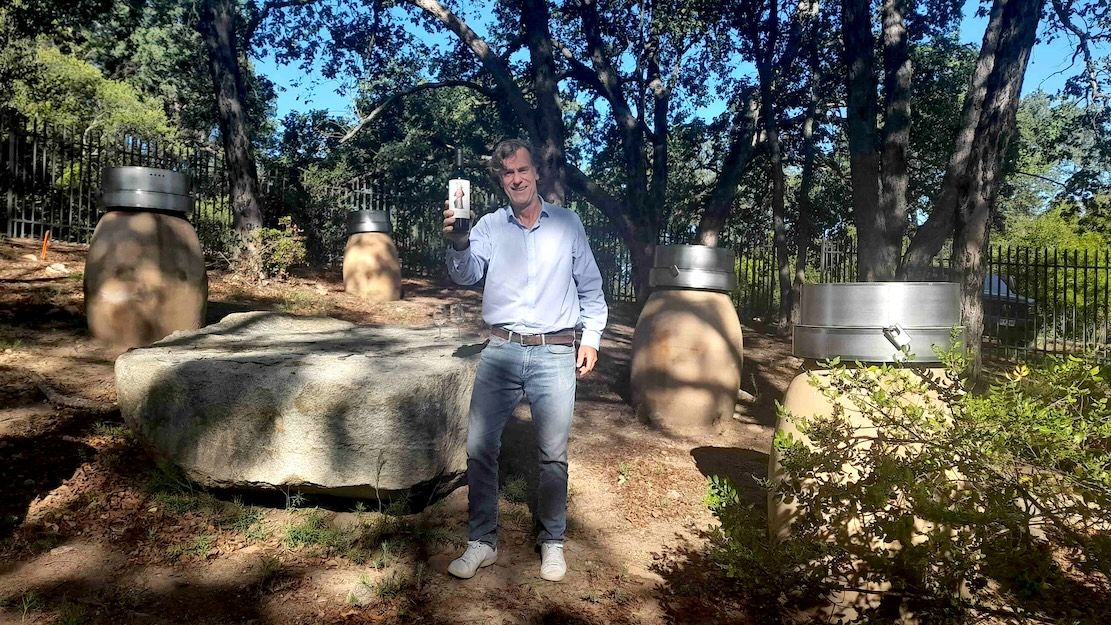Georgia continues to be on the “verge” of making it on the international wine stage, but if it plays its cards right Miquel Hudin believes its best years are still very much ahead of it.

Georgia: the kind of backdrop you expect to see in Game of Thrones
For those immersed in the wine world, Georgian wines have been on fire for some time, so much so that most editors I work with don’t even want new articles about the country and its 8,000 years of winemaking in ancient clay pots. The thinking is that story has been told, everyone in wine should supposedly know it by now and be regularly drinking these exotic wines from grapes nearly unpronounceable to an English tongue.
My reason for pitching Georgian wine articles is that I spent several months last year researching a new book to serve as a guide to the wines, wineries, and history of the country. As I traveled across the gorgeous land and navigated Georgian driving “methods” while enjoying the amazing food the country has to offer, whenever I shared my discoveries on social media channels, the reactions were less than stunning. Likes would pop up from the usual suspects who follow Georgian wine, but there was little growth or diversity. In fact, the people who follow my accounts, which are largely broadcasting about wines from Spain, pulled back a great deal as if Georgia and its wines were infested with a case of the “cooties”.
As I keep apprised of wine trends, I saw articles abound about these Caucasian wines on blogs and magazines, but it seemed the conversation was generally inward and amongst those who had already been to Georgia. Meaningful outreach to new people and drinkers of the wines wasn’t happening. It was like the day after a baseball game in the office when all the conversations are simply about what happened and those with no interest in baseball return to their desks to let the usual suspects recount sports statistics as if from a script.
“Natural”? No thanks
I thought that perhaps people had been turned off to Georgian wine due to the early attachment to it by the hardcore natural wine crowd, known to favour wines that can beat such a different drum that it might as well be a tuba. But when I was judging for the Decanter Awards in London, at the end of the day they put out the proposed Gold Medal wines for all the judges to taste. They’re kept blind and we don’t know which they are, only the origin. It was the Georgian ones that were polished off immediately while beautiful examples of Rioja, Rhône, and others were pecked at mildly. Again, it was clear that a deep interest in Georgian wines exists within the professional circles, but this hasn’t translated to the general wine drinking public.
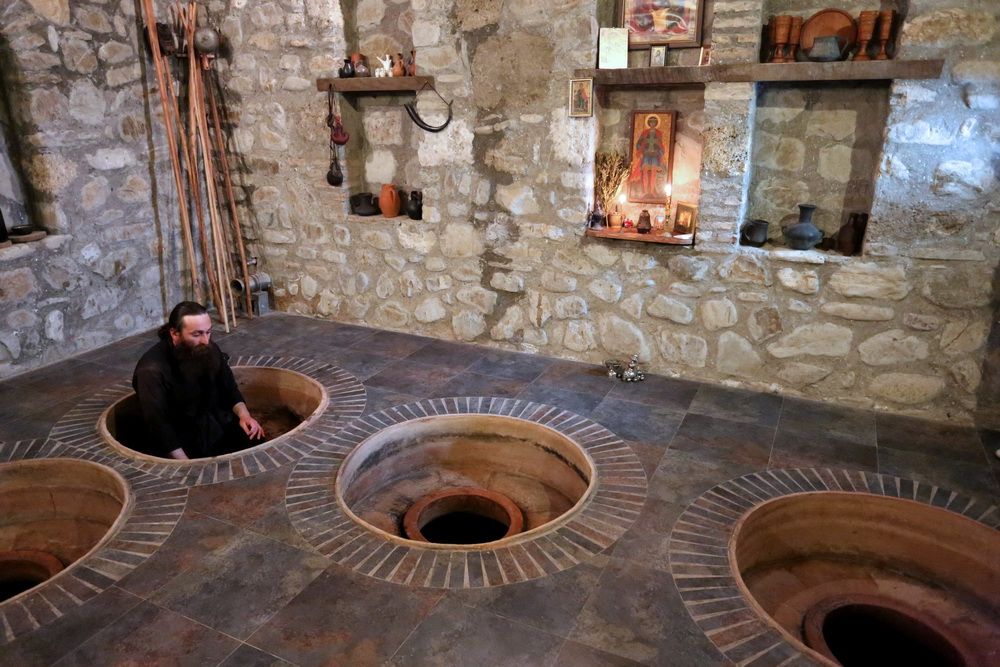
Traditional winemaking techniques not only make unique wines but they add to Georgia’s allure
Supposedly those who write about wine, or the sommeliers serving it, or the viral-ness of social medias are driving our tastes. This is what they say, no? We’re just an app away from all of wine’s secrets being exposed to anyone with a phone and a finger capable of scrolling. While these aspects to wine have a certain sway of course, generally people like what’s familiar and to have them change that, especially to something such as a white wine like Kakhuri Mtsvane that has the body of a red and comes out of a clay pot called a kvevri, well, that’s a big ask.
This would be similar to telling some wine writer to try a new hover car that runs on nuclear fusion. Most would respond, “No thanks, I’ve got my 2010 Honda still and can’t think about this as I’ve got to get to a tasting before the somms clean out the place.”
Those of us in the wine trade need to face the fact that most people, when drinking a wine, want that 2010 Honda and want it with wanton regularity. With how overwhelming life is in general, they just want to enjoy a nice, familiar bottle of something red, white, rosé, or bubbly and there is little reason to mess up an evening by trying something whacky like a light-skinned red called, Chkhaveri grown in sub-tropical conditions near the coast of Georgia, no, not the US state, the Black Sea one.
I call those of us who do search this out, the “wine curious” when in fact “wine crazy” might be a better phrase as we live and breathe this particular type of alcohol to a point of losing touch with the basic aspect that wine is simply rotten grape juice that’s been a bit refined and is not the redefinition of one’s purpose in life (at least not most of the time).
The beer of wine
It’s for this that such mega wine brands in the US like Meiomi or The Prisoner have taken the country by storm. Those behind them have created what is essentially a Budweiser or Coors of wine and despite the fact there can be a great deal of work behind the scenes to bang them into shape (wine vintages are a touch more finicky than sourcing that famed mountain stream water), people know they can rely on what’s in those bottles.
This drives the wine professional crazy. We’ll bang our heads against the walls screaming in a Premier Cru-fueled angst, “People don’t realize how amazing Sherry is!” or “Why, oh why can’t people drink more Riesling? It’s the best wine in the world!” We have to tread lightly with this as it can take on an elitist jaunt in that those who simply enjoy wine, even if it’s a “commercial” wine are in some way stupid or lazy. We then see a further wedge driven between those in the wine trade and let’s face it, reality, as shown by how the buzz in our bubble about Georgian wine has yet to fully energize general wine drinkers.
So, what about those Georgian wines? Will they lift themselves from obscurity and somehow land in a Whole Foods near you? Given the small production quantities, it may seem a daunting task, but there is a potential solution to this as tastes do indeed change and people do find themselves willing to try new wines that were most definitely a “no thanks” just a few years previous.
Spain has arrived
Who would have thought that the wine drinking public would come back around to rosé in such droves? Or the even better example is how incredible it has been to see Spain’s fortunes changed so that it is now considered a source of quality wines. What Georgia and other emerging wine regions are faced with was a similar problem for Spain a half century ago in that most people would only touch French or maybe Italian wines, but there were those who found a way to change it.
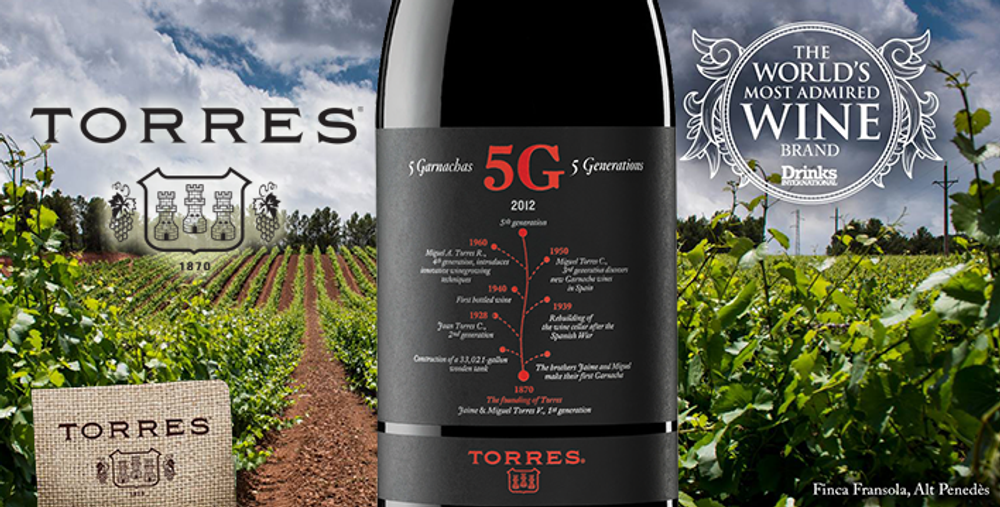
Torres can teach the world of wine a great deal about how to reach all wine consumers and yet still keep its “quality” status
One of the juggernauts in Spanish wine is Torres and while they have eye-popping production levels, there is a great deal that everyone in the wine trade can learn from them in terms of reaching the public. It’s now the case that you can find them literally all over the world. My wife was in Kabul for work and there, in the UN’s PX, were the Torres wines. Their secret isn’t tweeting when they have a new release or wine, nor was it mass mailing letters and brochures to prospective markets decades ago. It’s much simpler, as was told to me in an interview with Miguel Torres Jr. last year: “When we find a market that’s being underserved, one of us in the family grabs a suitcase along with the wines and we go there.”
That time in Oakland with the Slovenian
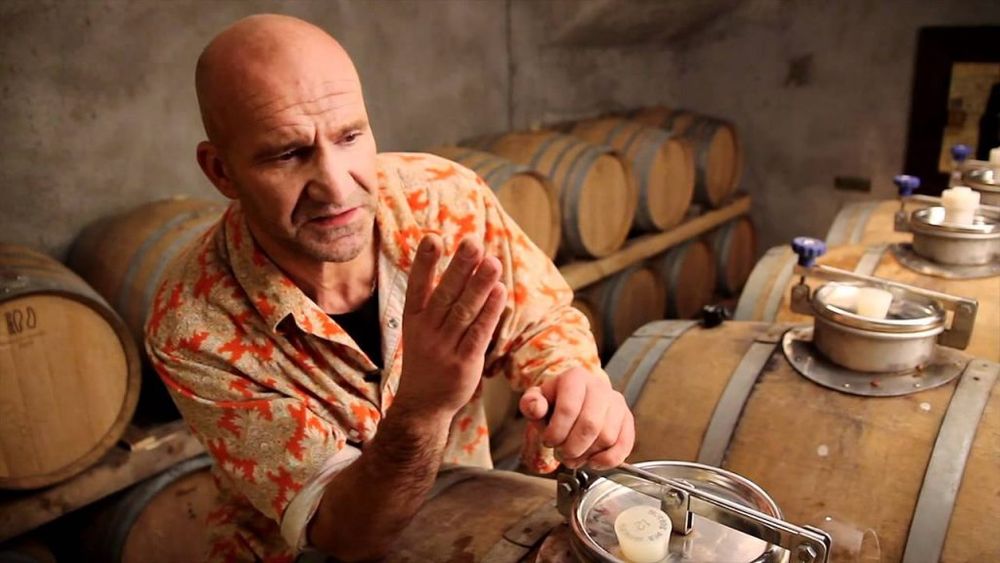
Meeting such a character as Slovenian winemaker Aleš Kristančič can do more for a country than a host of generic wine tastings
Yes, face time and physical interaction, this is the grand secret to getting people to know about and try your wines. It’s not sexy and it’s not “disruptive” but it works in order to get the customer – one that is now faced with a staggering selection of wines in this Vinous Age – to know what it is you’re selling. While those in wine marketing tell us that the story is key to sales these days, how many people have been made a fan of a particular wine after tasting at a dinner with the winemaker? The answer is most, especially when it’s someone like Slovenian winemaker, Aleš Kristančič who once tore his shirt open when we reached his dessert wines. I taste a lot of wine every year, but I still remember that and his wines – 10 years later.
Back to Georgia
Getting back to Georgian wine, despite the current reality, there will be growth and more people will learn about what’s being produced if they, as well as other up and coming regions, can see this disconnect that exists between swooning wine trade personalities and the overloaded consumer. To do this of course, people will have to experience the wines in a greater capacity than just being coldly confronted with them on a store shelf, Instagram feed, or some sommelier hounding you with them when all you simply want is that nice Cab from so and so that’s served you well for so many years.
With time and perseverance (and there are indeed several people who have been at this for years) there’s no reason that Georgian wines can’t become more commonplace – eventually. As shown with Spain and countless other regions of the world that didn’t even have vines four decades ago, it’s just going to require a lot more additional legwork on the part of the producers and promoters of the country. After all, Georgia’s neighbour Armenia is waiting to show you what it’s capable of as well, because once you tasted kvevri, you can’t help but go karasi as well.
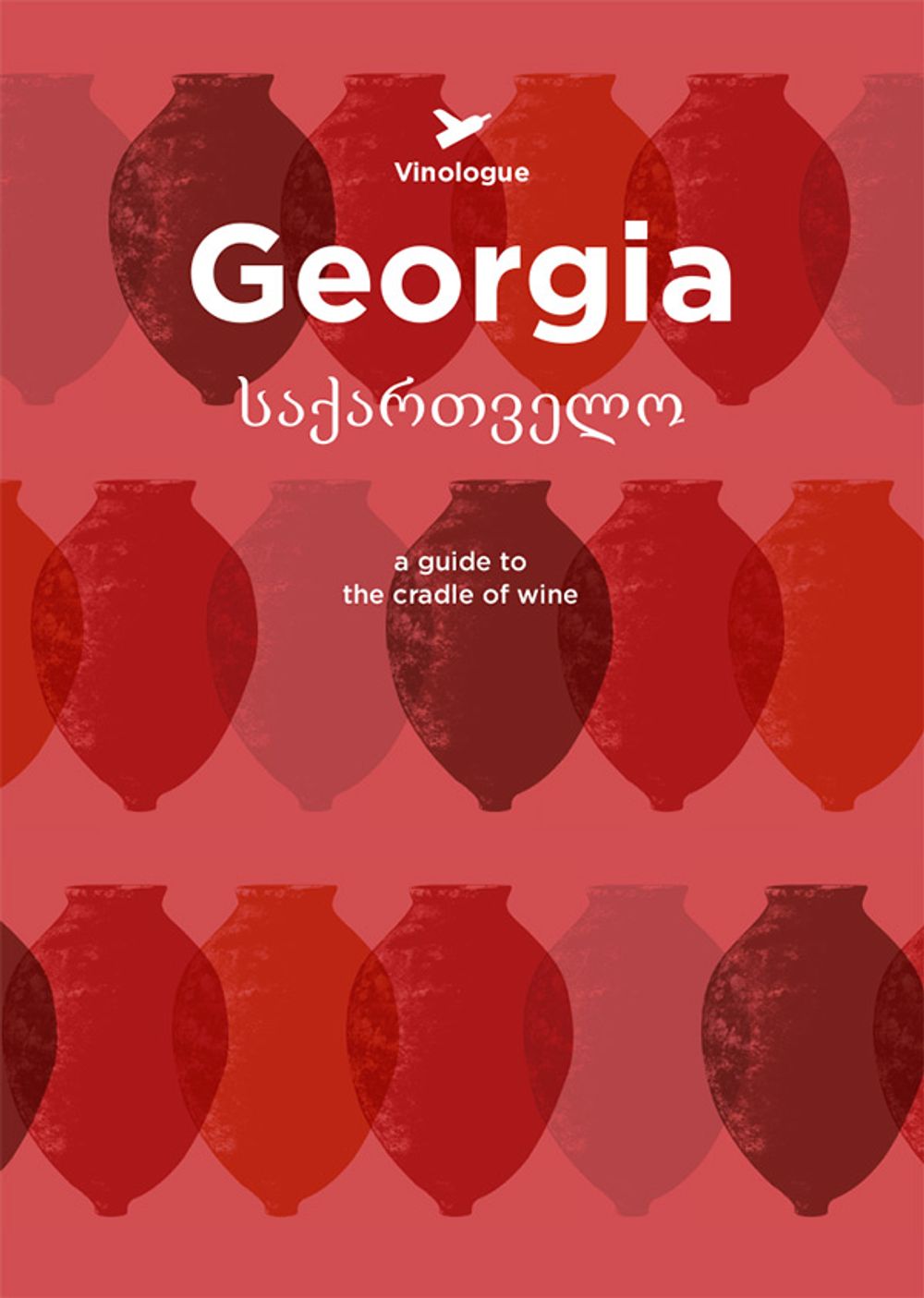
- Miquel Hudin is a wine writer based in Spain. He was Fortnum & Mason Award’s Best Drink Writer for 2017. He runs the website Wine on VI and his newest book, Georgia: A guide to the cradle of wine is now available to buy.





